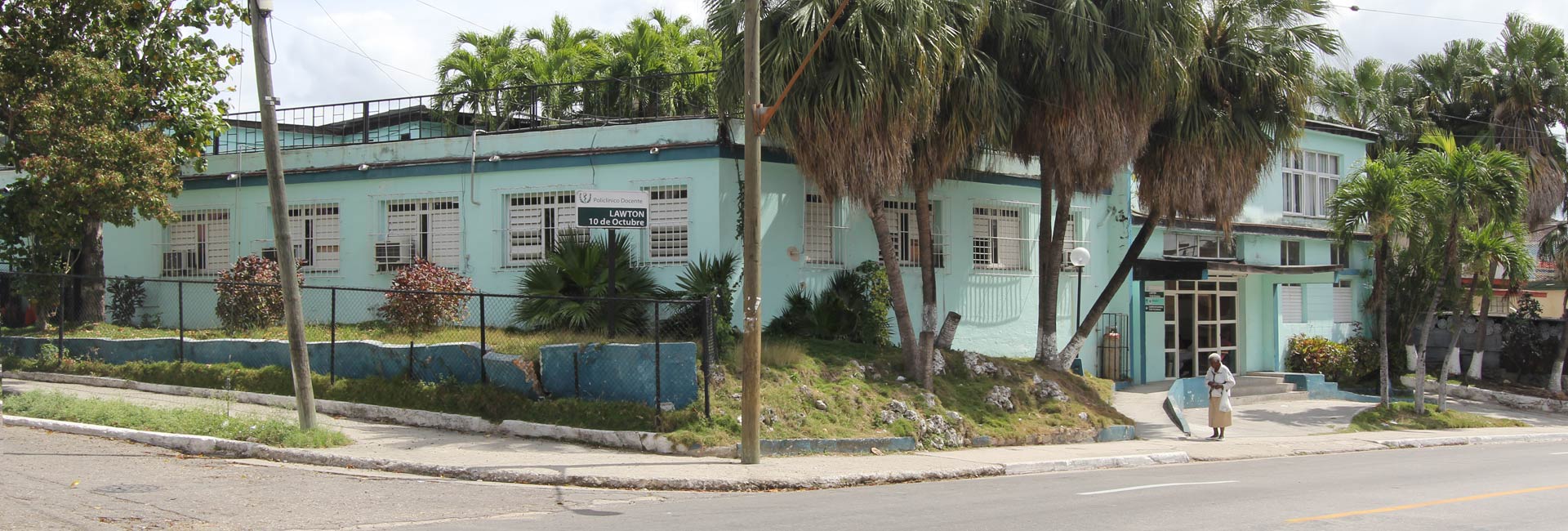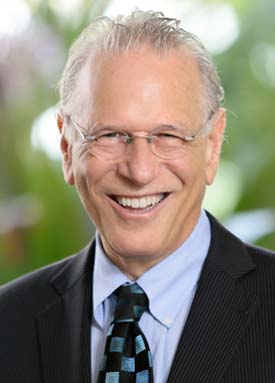

Steven Ullmann, UM health care business expert, provides perspective on Cuba’s health care system.
Long perceived and touted as a positive result of the Cuban Revolution which left Fidel Castro in power in 1959, health care in Cuba is complex. A good model in theory, Steven G. Ullmann says, but, in practice, one that is lacking. Ullmann, an expert in health care management and policy at the University of Miami, and coauthor with journalist Mary Helen Spooner of Cuban Health Care: Utopian Dreams, Fragile Future, provides a fuller picture on how the Communist regime’s medical system has played out in practice over the past 50-plus years. In addition, how will the evolving relationship between the United States and Cuba, considering each country’s health care system, affect medical tourism?
UM News sat down with Ullmann, professor and chair of the Department of Health Sector Management and Policy at the UM School of Business Administration, and director of the Center for Health Sector Management and Policy, to learn more about how he views the Cuban health care system, considered a "benefit of the revolution," and its current reality and possible future.
UM News: What do today’s Cuban citizens face when trying to access their health care and how has it changed?
Ullmann: Globally, Cuba’s heath care system is a theoretical model of how a system should deliver health care. Visualize a reverse funnel with the widest part offering services in support of a strong primary care system focused on prevention. In each community, the model features a doctor, nurse and a pharmacist residing nearby and serving 400 families. This intimate relationship allows the medical team to focus on prevention. And, by closely monitoring the individual community members’ health care needs, specific diseases—such as HIV/AIDS—are monitored and contained before affecting others living on the island. If someone needs a higher level of care, there is a range of care from a lower level of hospitalization—clinicas—to higher levels of secondary and tertiary care.
About the Photo
Neighborhood clinics in Cuba, like this one in the Lawton neighborhood of the 10 de Octubre municipality in Havana province, were intended to be the center for primary care and lower-level hospitalization. In reality, because of a lack of resources and poor infrastructure, many clinics and hospitals on the island are often lacking in basic supplies and medicines. Photo credit: Jessica M. Castillo
Join the Conversation:
Follow on
Twitter:
UM School of Business Administration, @UMiamiBusiness
University
of Miami, @univmiami
UM News, @univmiaminews

That’s how the health care system should work, in theory. Unfortunately, the reality is different because of the lack of resources in Cuba’s infrastructure. Now, the doctors and nurses have very few supplies, including antibiotics, with which to treat patients, so prevention and treatment become problematic. That’s in addition to a lack of potable water. There is a significant shortage of supplies in the most populated rural areas. For example, clinicas now require patients to bring their own bedding and food. There is a deterioration in sterilizing processes, reusing syringes, issues associated with old X-ray machines, no film available. With this breakdown, the theoretical concept has also fallen apart.
UM News: How is the breakdown of Cuba’s health care system playing out in South Florida?
Ullmann: In South Florida, for example, people with Hepatitis C covered by a major medical insurance are able to access a cure in pill form for which their insurance will be billed $80,000. This treatment has a 90 percent success rate. To access a treatment with a 95 percent success rate, the cost to the insurance company is $160,000. Generally, Hepatitis C is associated with populations who have higher risk behaviors and unprotected sex with multiple partners. Epidemiologists found one group popping out with Hepatitis C: Cuban immigrant women in their 50s. This epidemic is affecting women who, during child birth on the island many years ago, were given their medical injections with syringes that were not properly sterilized. The epidemic reflects the breakdown in the infrastructure of Cuba’s health system.
UM News: How has Cuba adapted their health care system to generate hard currency and barter for commodities and support their economy?
Ullmann: Although there have been movies filmed in Cuba extolling its health care centers, such as Michael Moore’s Sicko, those centers are known as hospitales turista, which are meant for people like the late former Venezuelan President Hugo Chavez. Cuba developed a medical tourism industry because of its high ratio of highly-trained doctors to the general population. The nation also has the infrastructure to attract medical tourists but the Cuban population doesn’t have equivalent access. These very highly trained doctors are paid about USD $40 per month, which barely covers anyone’s expenses, so they take part-time jobs to gain access to the labor market paid with currency, for example, as taxi drivers. The Cuban government proudly says they provide doctors to economies such as Venezuela’s. The doctors may make more money there, but due to the higher cost of living, the Cuban doctors end up living in semi-poverty.
The Cuban government is also using their doctors to barter for commodities from the countries where they’re sent, for example, trading oil from Venezuela and grain from Eastern Europe, received by Cuba as payment for its doctors. The value in commodities that Cuba receives far exceeds the money the government is paying the Cuban doctors to serve outside their island.
UM News: What is next for Cuba and medical tourism?
Ullmann: In 2015, I participated in a panel at the Inaugural Cuba Opportunity Summit in New York City at the NASDAQ. This was the first meeting of this type and I presented on Cuba’s bio tech industry. Due to the embargo, and by necessity after the loss of support from the USSR, Cuba’s economy suffered and providing drugs for its own population was difficult. Fidel Castro decided to develop the biotech sector and created a viable industry with the skill of Cuba’s highly talented professionals. He used this as a means to draw hard currencies from other countries, especially the developing countries, such as China. This sector became self-sustaining under Raul Castro. There have been a few initial attempts at joint ventures with U.S. pharmaceutical companies created during the embargo, with a special waiver from the U.S., to develop a lung cancer drug. There’s potential growth for these joint ventures between the American and Cuban pharma industries, as barriers appear to be slowly coming down between the two countries.
My current Cuba research includes working on a paper with a UK-based coauthor who spent a lot of time in Cuba, and she received wide access to high-level Cuban officials as well as those in the general population receiving treatment. With approximately 900,000 Americans going overseas for their medical care—and the number is growing by 15 percent a year—how many Americans are already going or will go to Cuba? Will Cuba be able to attract large Cuban-American populations in New York, New Jersey and Florida to travel to the island to take advantage of the medical tourism? Americans already travel to Latin America, India and South Korea for medical care. Will the perceived barriers drop to include Cuba on the list?
With the U.S. secretary of Health and Human Services and the U.S. speaker of the House of Representatives proposing to privatize Medicare with the provision of vouchers to purchase health insurance in the private marketplace, and with insurance companies seeking to lower their costs, Cuba could present another option to Americans. What will happen when a health care procedure can be bought in Cuba for 50 percent less than buying it in Miami? Will Americans covered by insurance be allowed and incentivized to travel to other countries, including Cuba, for their health care? For example, Walmart offers their employees the opportunity to cross state lines to get cheaper and higher quality care traveling with their caregiver. What will keep insurance companies from exploring the possibility for paying for care in Cuba, instead of the U.S.?
- ALEXANDRA BASSIL / UM News
